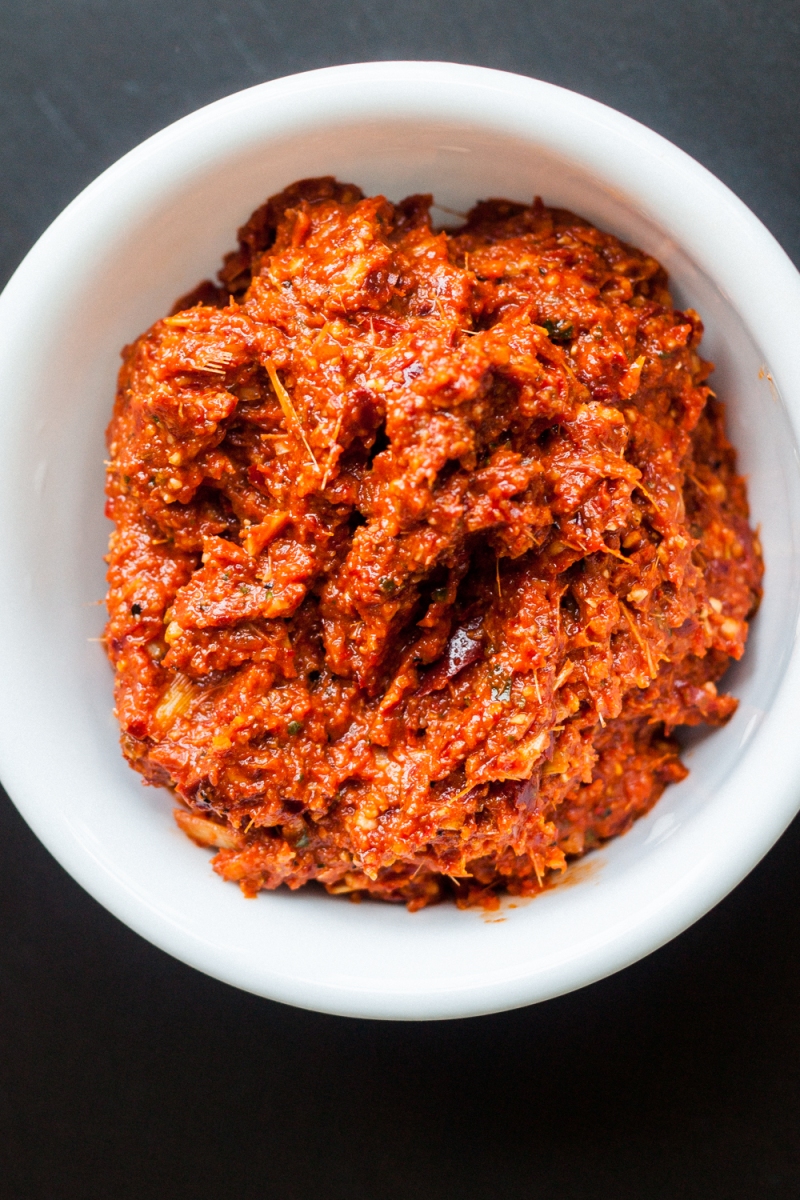
Summer is definitely here this week – today is supposed to be the hottest day of the year, here in Virginia. It just so happens that today is also the day that the movers are delivering all 10k pounds of our household goods, so we’ve set aside pitchers of cold water, lemonade, and iced tea to help everyone get through the day.
Sometimes, a nice long sweaty workday on a hot day feels good – especially when paired with a dip in cold water afterwards. In the same sense, many people like spicy foods on a hot day, and in honor of that sentiment, I’m posting my Green Papaya Salad recipe from Paleo Takeout. From the book:
It’s not often that you would associate a salad with unripe fruit, dried shrimp, or spiciness, but that’s basically what you experience with Green Papaya Salad. The hardest ingredient to find for this dish is the green papaya itself, but if you have a local Asian market nearby, it will likely carry them.
There are a couple adjustments I made for this recipe, to accommodate a Western palate (crushed red peppers instead of scorching bird’s eye chiles), Western supermarkets (fresh green beans instead of yardlong beans), and Paleo-friendly nutrition (macadamia nuts instead of peanuts). If you have access to the original ingredients, and the desire to stay true to the original recipe, go for it!









